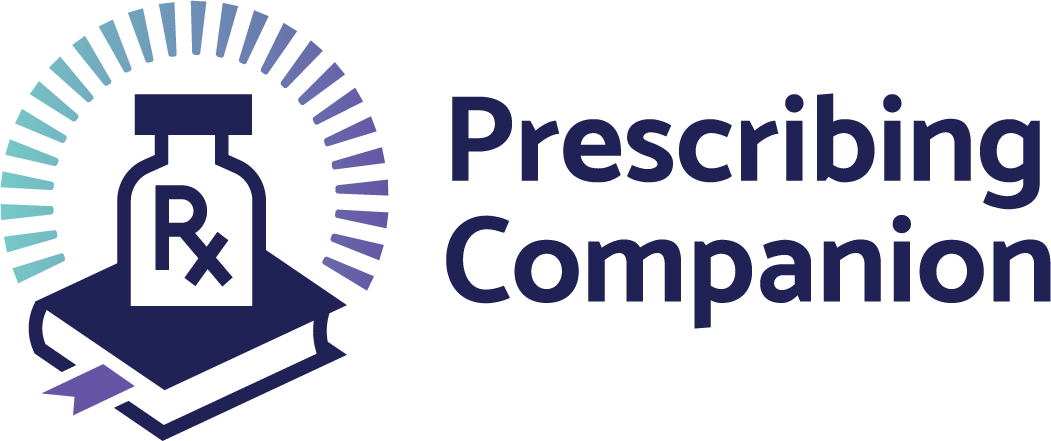Infective Endocarditis
exp date isn't null, but text field is
CLINICAL DESCRIPTION
Infection of the endocardium, mostly affecting the valves.
CLINICAL FEATURES
SIGNS AND SYMPTOMS
Duke’s criteria
Major Criteria
- Blood culture positive for typical microorganism (e.g., Staphylococcus aureus, Enterococcus, Viridans streptococcus)
- Echocardiogram showing valvular vegetation
Minor Criteria
- Predisposing cardiac lesion
- Temperature >38°C
- Embolic phenomena (e.g., stroke, septic pulmonary infarcts, mycotic aneurysm, intracranial hemorrhage, conjuctival haemorrhage or Janeway lesions)
- Immunologic phenomena (e.g., glomerulonephritis, Osler’s nodes, Roth spots, positive rheumatoid factor)
- Positive blood culture not meeting above criteria
Definite infective Endocarditis
- 2 major or 1 major plus 3 minor criteria
Possible Infective Endocarditis
- 1 major and 1 minor OR 3 minor criteria
INVESTIGATIONS
- FBC, blood culture: 3 samples, 12 hours apart, inflammatory markers: ESR, CRP, urine dipstick, echocardiography
TREATMENT
- IV Benzyl Penicillin (50 000 IU/kg every 4-6 hours for 6 weeks and
- Gentamicin IV (3 mg/kg OD) for 2 weeks and
- IV Flucloxacillin 50mg/kg (to max 2g) IV QDS for 6 weeks
OR
- IV Benzyl Penicillin 50 000 IU/kg IV every 6 hours for 6 weeks and Gentamicin 3mg/kg IV od for 2 weeks. Please monitor renal function when giving gentamicin.
OR
- Ceftriaxone 100mg/kg (to max 2g) IV OD for 6 weeks
Adjust antibiotics as guided by culture and sensitivity.
Complications
- Stroke
- Metastatic infection (e.g., septic pulmonary infarcts, gangrenous foot)
- Thromboembolic phenomenon
Referral
All children with infective endocarditis to tertiary facility.
